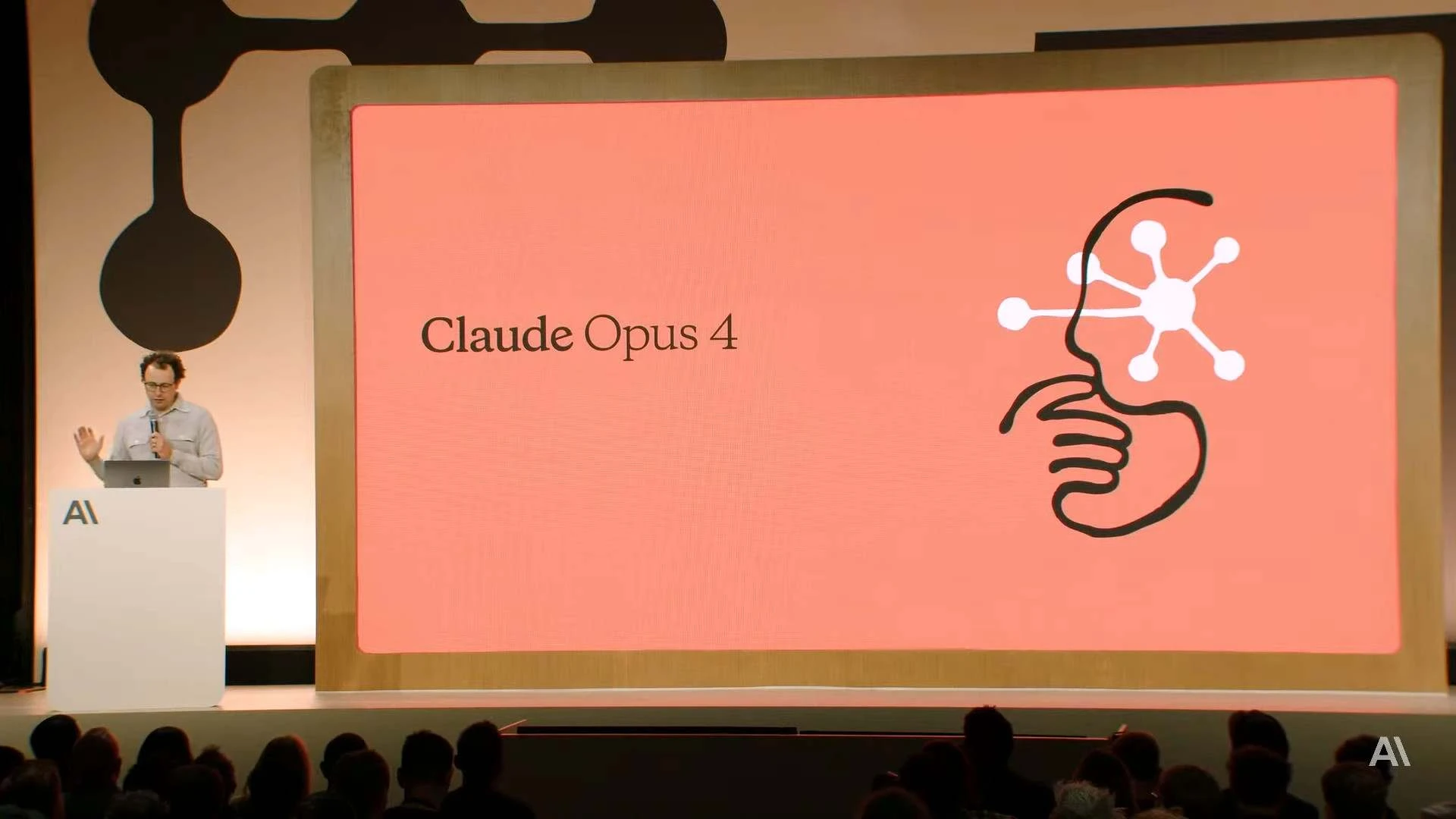Anthropic أطلقت Claude Opus 4.1، قبل وصول GPT-5. يبدو أن التكنولوجيا تتقدم، لكن بصراحة، لا أشعر بأي حماس لذلك. الكل يتحدث عن التحسينات، لكن في النهاية، هل هناك شيء جديد حقًا؟ يبدو أن كل شيء يتكرر.
إذا كنت مهتمًا، يمكنك متابعة الأخبار، لكنني شخصيًا، أشعر بالملل.
#ClaudeOpus #GPT5 #تكنولوجيا #ملل #أخبار
إذا كنت مهتمًا، يمكنك متابعة الأخبار، لكنني شخصيًا، أشعر بالملل.
#ClaudeOpus #GPT5 #تكنولوجيا #ملل #أخبار
Anthropic أطلقت Claude Opus 4.1، قبل وصول GPT-5. يبدو أن التكنولوجيا تتقدم، لكن بصراحة، لا أشعر بأي حماس لذلك. الكل يتحدث عن التحسينات، لكن في النهاية، هل هناك شيء جديد حقًا؟ يبدو أن كل شيء يتكرر.
إذا كنت مهتمًا، يمكنك متابعة الأخبار، لكنني شخصيًا، أشعر بالملل.
#ClaudeOpus #GPT5 #تكنولوجيا #ملل #أخبار
1 Yorumlar
·0 hisse senetleri
·0 önizleme










